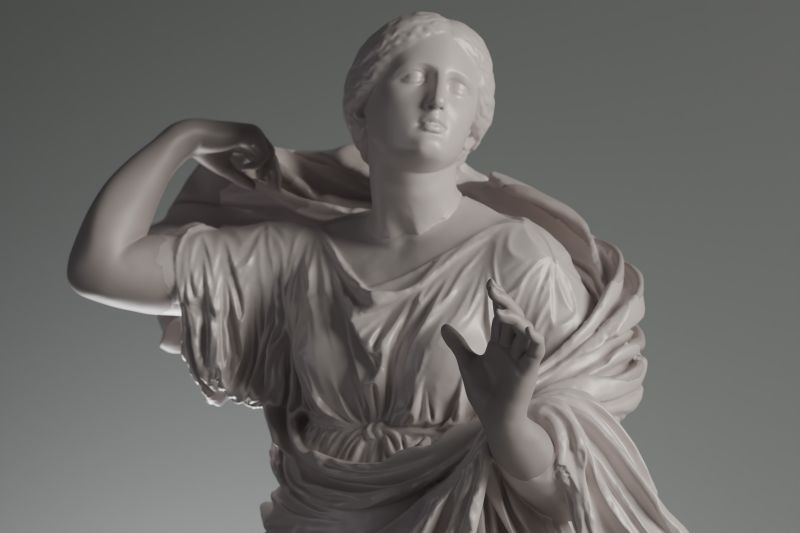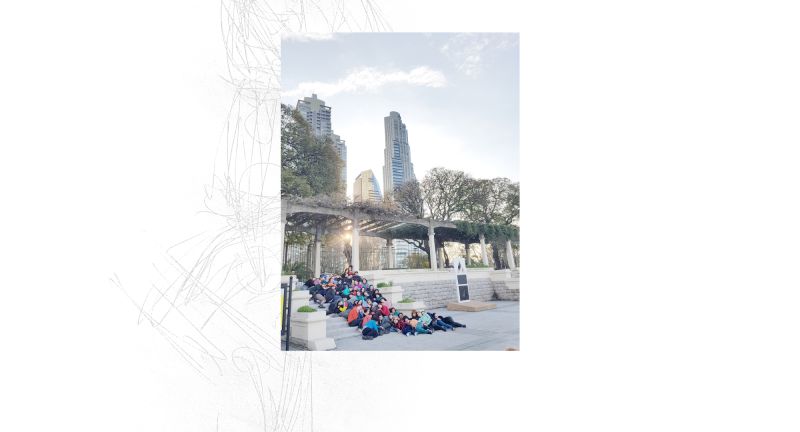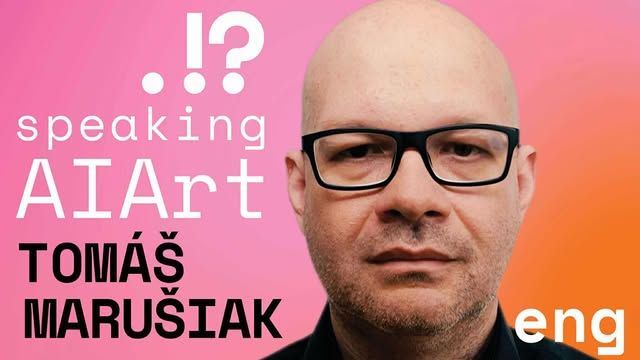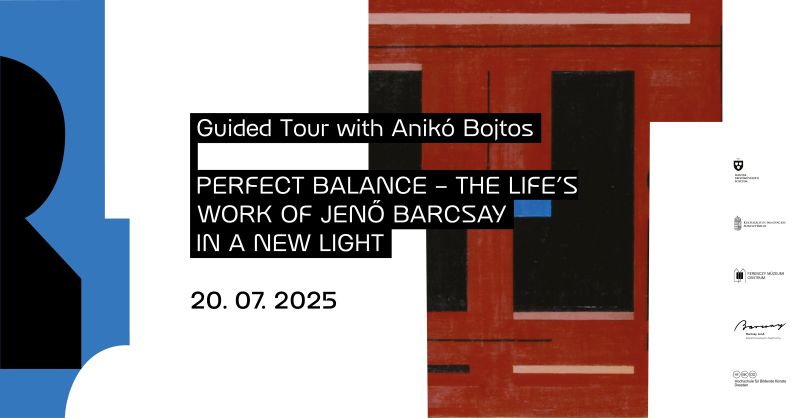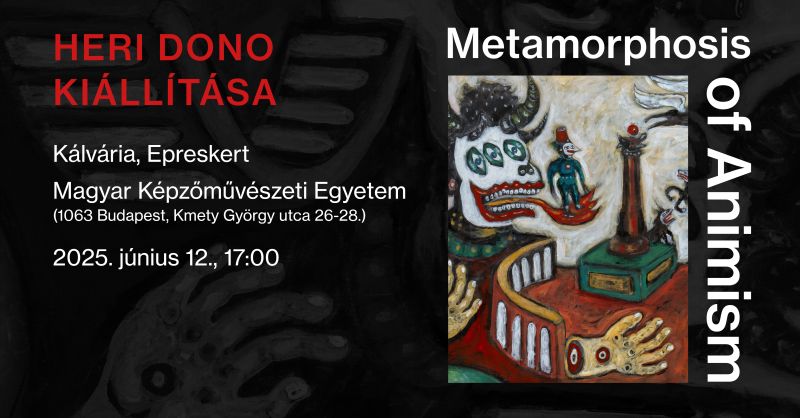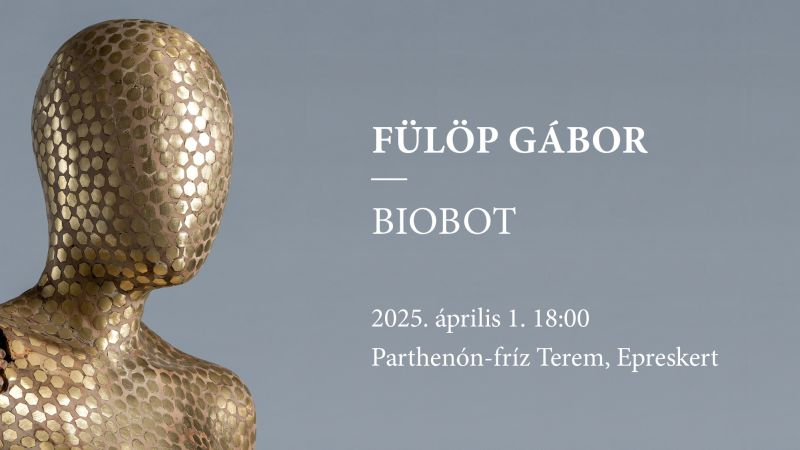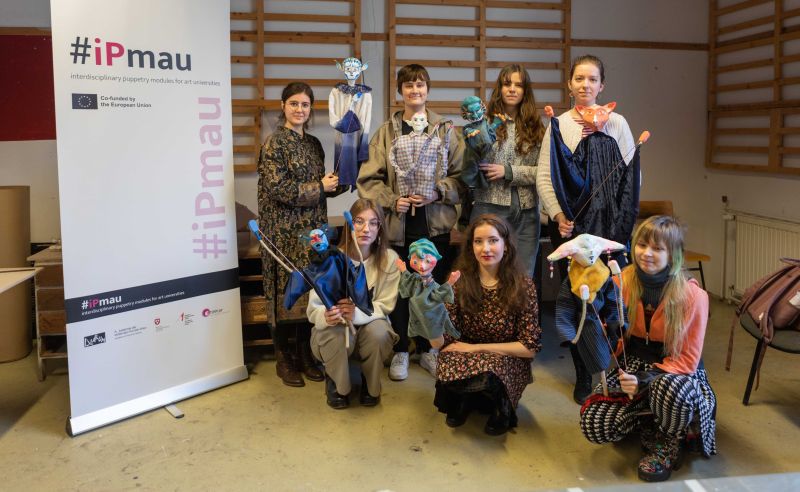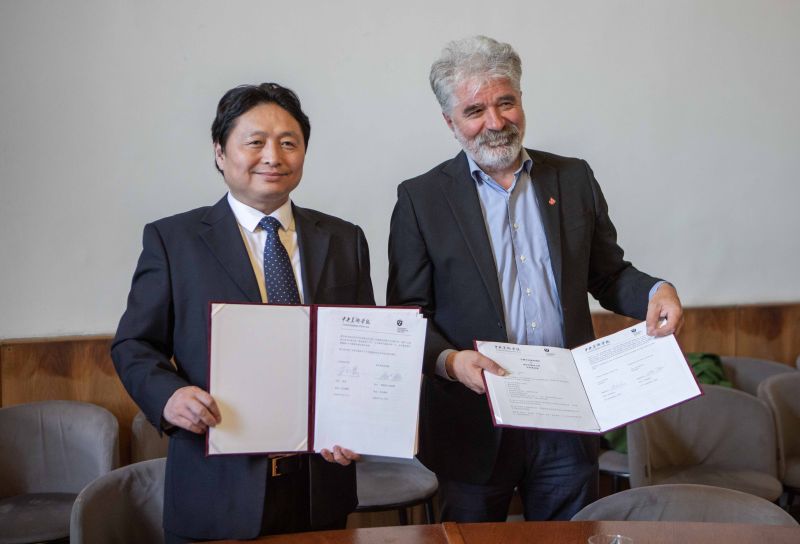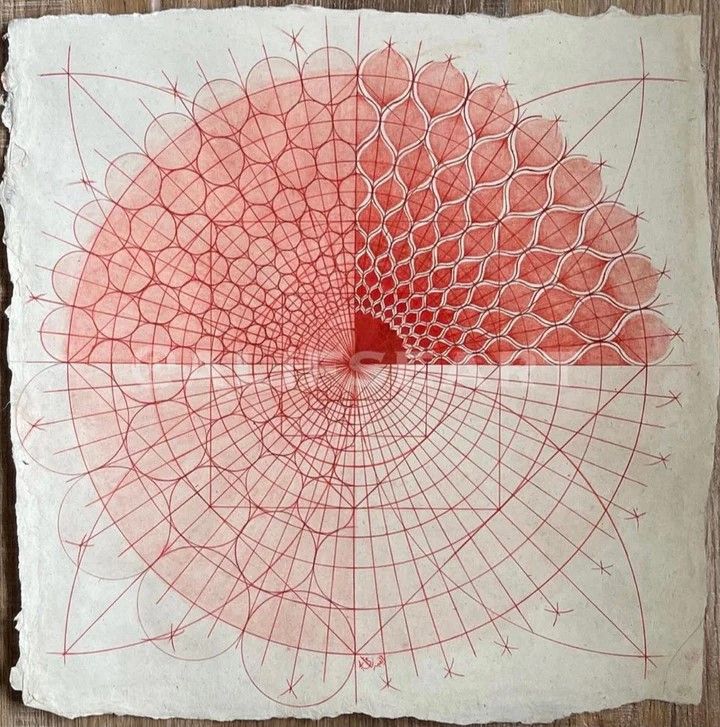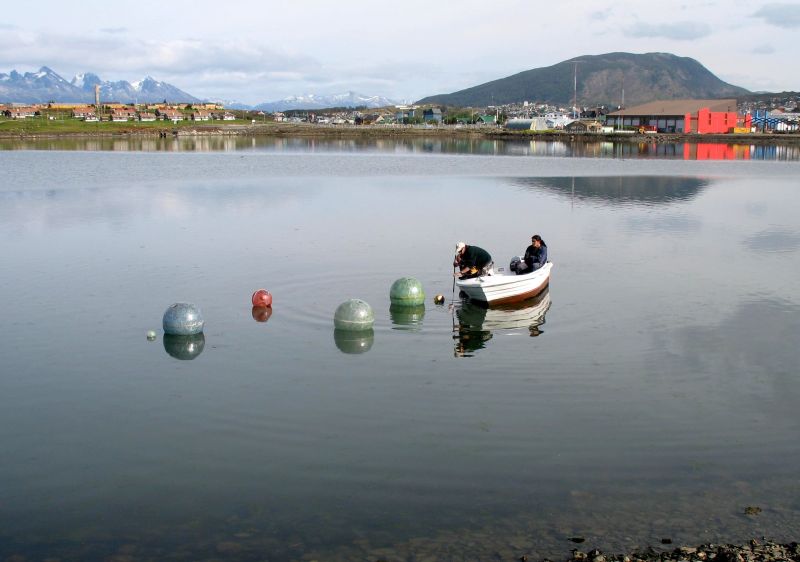Interview series on International Week 2024 – Agni Saraswati

Interview series on International Week 2024 – Agni Saraswati
The Hungarian University of Fine Arts organised its highly successful International Week from 22-26 April 2024.
Guest speakers from Europe, Asia and Africa visited all the venues of our University and gave lectures or workshops on a very special topic to students and visitors from partner institutions.
Four foreign speakers from Ghana to Indonesia were interviewed and are published here under the News.
Interview with Agni Saraswati, ISI, Indonesia
Could you introduce your art faculty of ISI?
Indonesia Institute of Arts, known as Institut Seni Indonesia (ISI) Yogyakarta officially commenced as a State Institute on the 23rd of July 1984. ISI Yogyakarta upholds a well-deserved reputation for teaching excellence that dates back to the formative years of art education in Yogyakarta stemming from the establishment of ASRI Visual Art Academy in 1950, AMI Music Academy in 1952, and ASTI Dance Academy in 1961. Following the amalgamation of the three in 1984, ISI Yogyakarta has become the largest arts institution in Indonesia. Located in the heart of the art and culture city, Yogyakarta, which is famous for its local cultural strength. ISI Yogyakarta has participated in flagship programs, such as international community engagement, a joint program between international higher education and the local community. ISI has an active role in preserving, developing, and managing the multi-cultural art potency not only in Yogyakarta but also all over Indonesia. It is proven that ISI plays an active role in introducing the nation’s identity through Indonesian art and culture in the global world. It is capable to create, express and responsible for ideas, art, and cultural expressions, scientifically and professionally.
There are 3 Faculties in ISI Yogyakarta:
- Faculty of Fine Arts & Design (BA) includes Fine Arts (graphic, painting, sculpture); Crafts (Craft; Batik & Fashion (Vocational); Design (Interior; Visual Communication; Product; Media); and Arts Management (Arts Management; Arts Conservation).
- Faculty of Performing Arts (BA) includes Dance; Ethnomusicology; Theatre; Puppetry; Karawitan/Gamelan Music; Education in Performing Arts; Music; Music Composition; Music in Education; Music Performance (Vocational).
- Faculty of Recorded Media Arts (BA): Film & Television; Photography; Animation (Vocational); Film Production (Vocational)
Postgraduate Program of ISI Yogyakarta provides: Master on Research and Creation; Master on Arts Management; and Doctor on Research and Creation
Website and Social Media of University/Institution
https://isi.ac.id/
Can you mention something special or something tipically local about your faculty?
ISI Yogyakarta's Fine Arts and Film faculties have emerged as the strongest in art practices, conceptions, and presentations that mix Indonesia's local and traditional roots with a global perspective. Second, the institution maintains close ties with art institutions such as museums and galleries by inviting professional artists, curators, and filmmakers to serve as guest professors, allowing students to enrich their studies with expert mastery. The university fosters an organic network and an egalitarian environment that is perfect for younger students. Many well-known Indonesian artists and filmmakers, like Heri Dono, Entang Wiharso, Eko Nugroho, and Ifa Isfansyah (Executive Director of the Jogja Netpac Asian Film Festival), graduated from this faculty and went on to have successful careers around the world. Third, experimentation to develop artistic personality and identity is one of the interesting parts of the education system.
You gave a lecture titled Yogyakarta Art Scene and Indonesian Contemporary Art. Please, tell us more about your topic.
My presentation highlighted how Indonesian audiences have been aware of the term "contemporary art" since the early 1970s. Several events marked Indonesian modern art history. For instance, Gregorius Sidharta's sculptural work (Tangisan Dewi Betari) breaks sculptural art traditions due to its flat design; hence it is considered not a statue and criticized by the audience. The following incident occurred when the judges of the Jakarta Arts Council's Grand Exhibition selected the best artworks from the exhibition. The emphasis placed on ornamental abstract styles sparked the protest. In response to the Jakarta Arts Council's Grand Exhibition of Indonesian Painting at Taman Ismail Marzuki in December 1974, a number of young artists protested by sending wreaths of condolence for the death of Indonesian art. This incident became known as "Black December" (1974).
A year later, the young artists gathered in Taman Ismail Marzuki to exhibit a new type of art practice using a new media, titled Pameran Gerakan Seni Rupa Baru or the New Art Movement Exhibition (1975). A group of fine arts students from Bandung Institute of Technology (ITB) and STSRI, (also known as "ASRI") in Yogyakarta, founded the New Art Movement. During the event, they released a manifesto addressing new Indonesian art. The most prominent artists in Indonesia's New Art Movement include Jim Supangkat, FX Harsono, Dede Eri Supriya, Siti Adiyati Subangun, and others. This event became known as the Indonesian New Art Movement (active from 1975 to 1989).
In the early 1990s, renowned artists such as Heri Dono, Entang Wiharso, and Titarubi created works that commented on social political issues, history, popular culture, technology, and the global context.
I also discuss the Yogyakarta art scene and its infrastructure, including art fairs, artist-run spaces, galleries, museums, and biennales. Tirtdipuran Link, Kedai Kebun Forum, Cemeti, Studio Kalahan, Kiniko Art, Museum Affandi, Jogja Biennale, and Art Jog were among the highlights in promoting the art scene. Many established artists encourage young artists by developing and providing an inclusive alternative art space and environment, giving them a fair chance to advance in their careers. Yogyakarta is the capital of the Yogyakarta Sultanate, which served as Indonesia's capital from 1946 to 1948 during the Indonesian National Revolution. Yogyakarta is well-known as an educational and a cultural hub in Indonesia, with dozens of schools and institutions. With its warm tropical climate and rich cultural heritage, the city offers rejuvenating natural settings, a thriving cultural life, and a lively tourist scene. It is safe and affordable, and most importantly, it provides excellent contemporary art and craft centers. It is the best meeting point to build art discourse and dialogue between artists, intellectuals and audiences.
What is your current project, what are you currently working on?
I am working on a presentation and some paintings for several upcoming projects. I will be participating as one of the panel members on the roundtable in the 13th International Convention of Asia Scholars (ICAS 13) that will be held in Surabaya, Indonesia, from 28 July-1 August 2024. It will be organized by the International Institute for Asian Studies and Airlangga Institute of Indian Ocean Crossroads.
Aside from my profession as a lecturer at ISI Yogyakarta's Animation Department, I continue to pursue my artistic interests. From 26 June to 26 August 2024, I will be participating in a group exhibition entitled “Suara-suara” or Voices of Yogya Annual Art #9, in Bale Banjar Sangkring, Indonesia.
What have you found most interesting about our university?
Many interesting parts of the Hungarian University of Fine Arts inspire me, including the architectural beauty of the main building located on the important historical street; an education system that provides independence, freedom, and experimentation to develop students' practices; self-discipline and time management of each student to work at their studio; cutting-edge equipment and facilities have been on the bucket list; and nature art is one of the unique programs that should be embraced in Indonesia, where artist can use their creativity to combine science, art, and technology to make friendly green art. In the future, the artist needs to be present in preserving nature and the environment through the arts.
